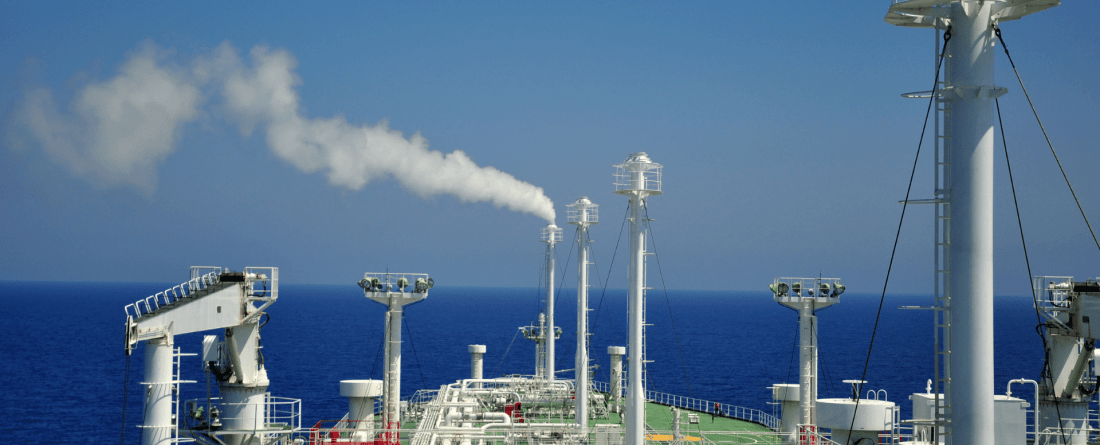
A new journal article appearing in Climate Policy this week offers an in-depth systematic review of the development of national methane policies in the United States and China. The analysis, led by Center for Global Sustainability (CGS) Assistant Research Professor Mengye Zhu, finds that both nations must address policy gaps and significantly enhance climate-focused policies in their methane mitigation strategies, highlighting the potential for U.S.-China collaboration to advance global climate governance through knowledge exchange and best practices.
Since the landmark 2021 U.S.-China Joint Glasgow Declaration on Enhancing Climate Action was established at COP26, efforts to mitigate methane have accelerated. Currently, more than 100 countries have endorsed the Global Methane Pledge, committing to a 30% reduction in emissions from 2020 levels by the year 2030. Given that China and the United States are the first and third largest methane emitters respectively, their collaboration, as outlined in the Sunnylands Statement on Enhancing Cooperation to Address the Climate Crisis, has become essential in advancing global efforts toward the 1.5°C global temperature rise goal.
“As two significant contributors to global emissions, the United States and China are pivotal in combating climate change,” said Mengye Zhu, CGS Assistant Research Professor and lead author of the analysis. “By pinpointing critical policy gaps and emphasizing the value of coordinated approaches, our analysis steers both nations toward more effective and climate-focused methane mitigation strategies, bringing forth significant emission reductions and a sustainable future with cleaner air for all.”
By conducting policy mapping based on the collection and screening of more than 4,000 documents and by performing a comprehensive review of methane policies at the national level in both countries, this analysis explores important but understudied research topics, landscaping each country’s policies. These include identifying commonalities and differences in primary policy focuses, preferred tools, methane policies' evolution, and their driving forces.
“Collaboration between the United States and China is key for rapid methane reductions and reaching the global temperature rise goal of 1.5°C. Both countries' focus on methane mitigation in energy and emphasis on co-benefits like production safety, resource conservation, and pollution control are steps in the right direction,” said Steven Smith, CGS Associate Research Scholar and co-author of the analysis. “There is a great potential for both countries to collaborate on methane monitoring, reporting, and verification, to enhance modeling techniques, and to strengthen policy learning and partnerships across all sectors to achieve long-term mitigation.”
Given methane's potency compared to that of carbon dioxide, rapid and enhanced mitigation efforts from both countries are crucial. The analysis provides valuable insights into the policy landscapes of the United States and China regarding methane, aiming to facilitate meaningful collaboration.
- To date, both countries have shown sectoral disparities and preferred policy instruments. The United States and China have strong methane policies in the energy sector—the United States focuses on oil and gas, and China on coal mines. However, both show less emphasis on livestock, rice, and abandoned mines. Despite sectoral focus, the United States prefers regulations while China favors planning policy instruments.
- Rather than climate concerns. Policies that have methane reduction co-benefits - particularly those that address operational safety, pollution abatement, and energy security/resource conservation - have been the primary drivers of mitigation actions in both countries, indicating the importance of synergies and co-benefits for methane mitigation. Enhancing methane mitigation and climate benefits calls for climate-centered policies.
- The United States and China should prioritize sectors based on collaboration readiness and mitigation potential, collaborate on methane monitoring, reporting, and verification and modeling techniques, and enhance policy learning and subnational partnerships.
This thorough analysis underscores the significant opportunity for the United States and China to strengthen their collaboration on methane mitigation. By addressing sectoral disparities through policy learning and subnational partnerships as well as expanding policy instruments, both countries can serve as a model for global climate governance. This would enhance international ambition in addressing the climate impacts associated with methane emissions.



